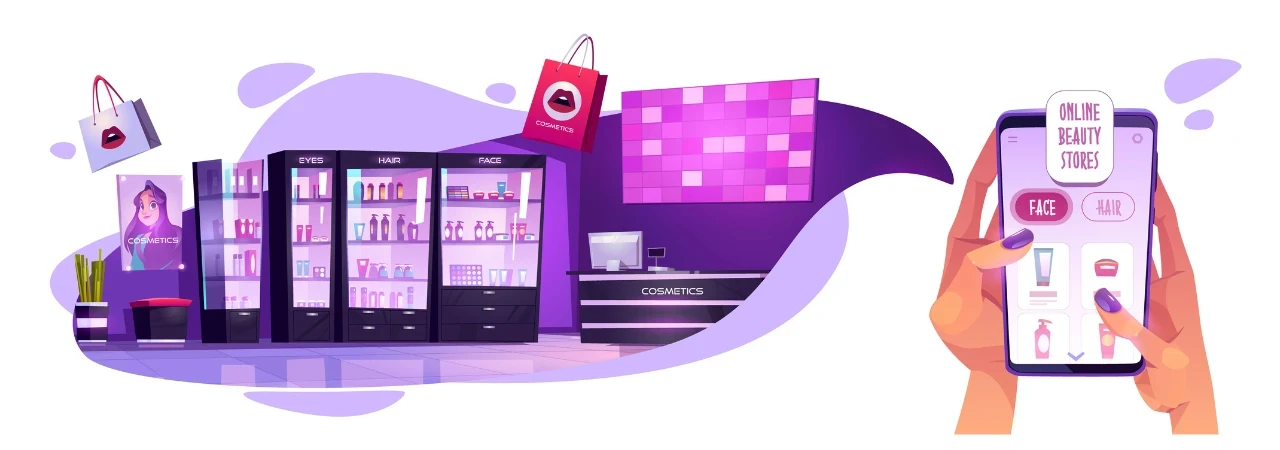
The expression Internet of things (IoT), in a nutshell, speaks to all of the “Smart Technologies” of today and their associated gadgets. Internet of Things incorporates hardware, programming, frameworks integrations, information, and telecom services. The capability of IoT is in how these interconnected gadgets and advancements connect with one another, and with people, to handle an assortment of current issues and make imaginative solutions.
Top 5 areas where IoT is transforming the retail industry:
The biggest sphere of influence of IoT in retail is in improving customer experience, both online and in brick-and-mortar settings. Early adopters of IoT services in retail claim IoT has provided them with richer, deeper insights into customer preferences. IoT’s biggest gift to us is customer-centric data, the likes of which we could obtain from interactions with home assistants like Alexa.
IoT in retail helps multiply the number of ways in which retailers can reach both existing and new customers. Such targeted outreach can build customer loyalty and help with retention.
Inventory and supply chain management via smart shelves:
IoT retail has helped traditional stores, as well as omnichannel retailers, modernize and upgrade their operations, even streamlining inventory management. Innovations like smart shelves take automated inventory management one step further. Store managers can get real-time notifications and updates on sales and stock levels, plus alerts when an SKU falls below the reorder level. Besides saving money by preventing both overstocking and shortage, smart shelves eliminate manual errors.
Smart shelf systems are based on Radio-Frequency Identification (RFID) technology. They contain three elements:
- an RFID tag to attach to merchandise,
- an RFID reader and,
- an antenna.
The RFID tags transmit data to the reader via radio waves. The data is sent to an IoT platform for storage and analysis. RFID tags are similar to barcodes in the sense that a device can read and store digital data from a tag or a label. But there are more significant advantages to RFID systems. Most notably, RFID tag data can be read outside the line of sight, unlike traditional barcodes which must be lined up with an optical scanner.
Cashier-less checkouts:
The checkout cashier may just be a machine next. With apps and device cameras replacing human cashiers at the point-of-sale (POS), checkout lanes may be a thing of the past. Stores can achieve more with fewer systems. We also predict that Mobile POS terminals will become more common.
AI systems such as Shoplift use computer vision systems to detect possible thefts or suspicious behavior. You can install these in all stores for better stock visibility. Systems can flag not-for-sale items like reusable shopping bags or unscanned merchandise if customers carry them past a checkpoint. The system also alerts store staff so they can do the needful.
Timed and targeted notifications via beacons:
You might have been “Beaconed” and not known it! Beacons are small Bluetooth devices that send discount vouchers or event invites to smartphones that are within the coverage area. Beacons can be attached to walls, counters, etc. in the vicinity of the store. Getting such alerts while in the proximity of a store can tempt a potential customer to enter the store and cash in on the offer. Stores can also beam out on-the-spot contests or lucky numbers to customers already in the store.
IoT retail’s interactive shopping experiences via digital signage:
Digital signage: digital-out-of-home applications (DOOH), intuitive device touch screens, and in-store digital displays help retailers up level customer engagement. In conjunction with beacons or other smart devices, captured data can help retailers design offers, product groupings, and targeted promotions in real-time.
The Internet of Things (IoT) takes digital signage beyond display boards. There is scope to collate data on buying behavior and patterns. Touchscreens in fitting rooms can suggest accessories, alternate patterns or sizes, or summon an assistant. Stores can collect data on shopper’s trials and final choices for purchase. Taking it even more into sci-fi territory are built-in facial recognition systems that recognize you as you pass by. These systems can change the digital display to what might interest you!
Bringing the “wow factor” into IoT retail:
Nothing impresses us like next-level technology. Imagine a robot assistant to help you with routine errands. Some avant-garde businesses are using robots for inventory and restocking shelves. Companies are also developing service robots that can help customers find the right products. Some restaurants in China are piloting robot waiters.

